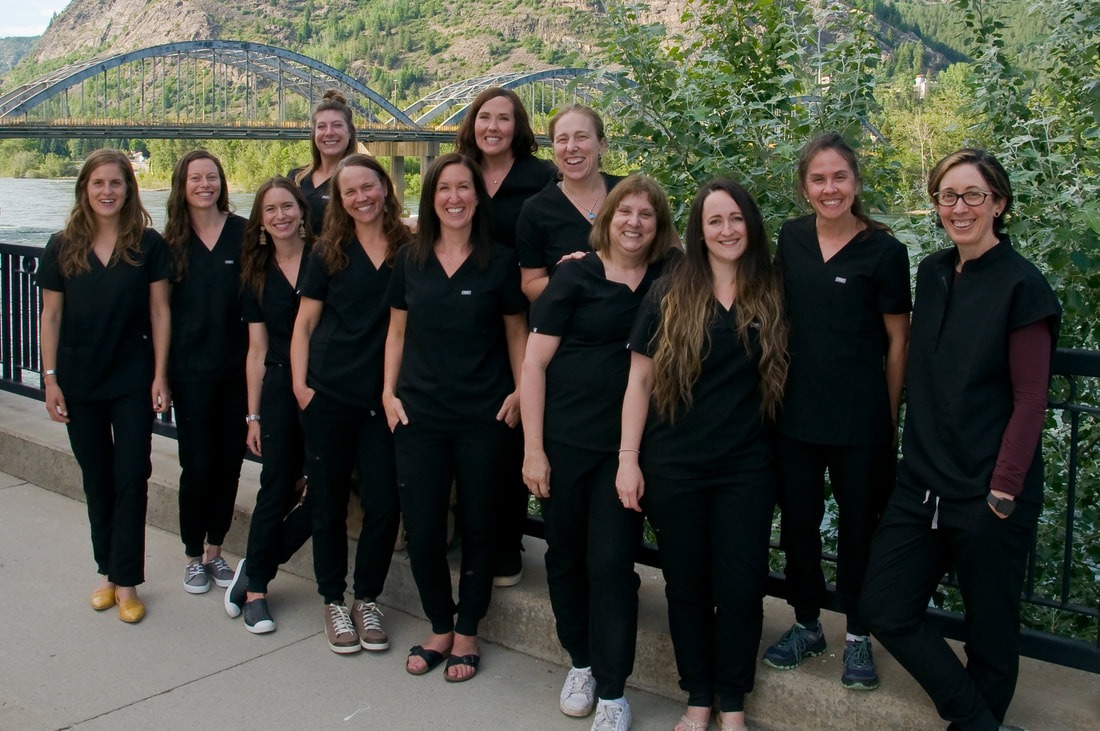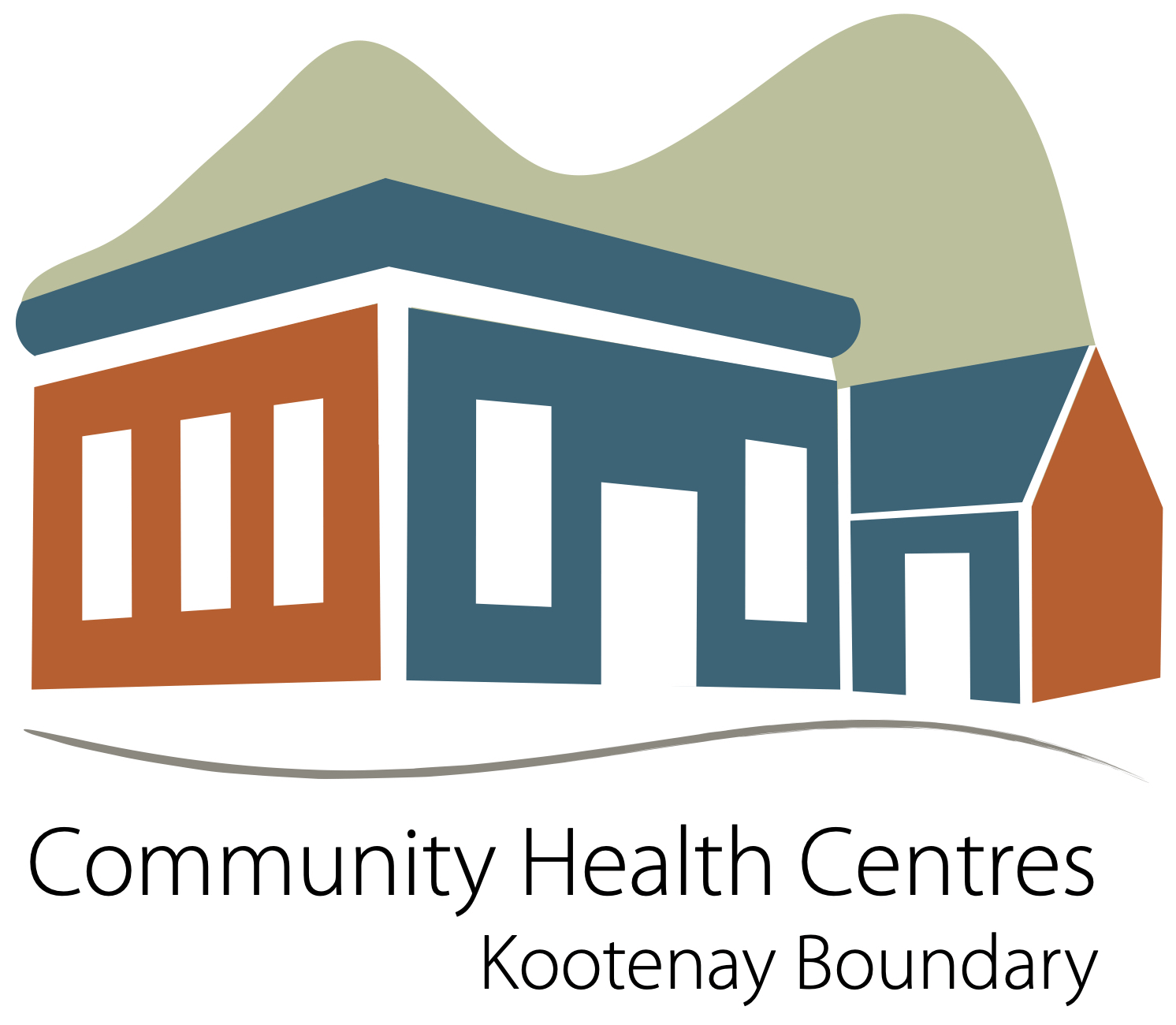Prima Health is a not-for-profit cooperative led by patients from across Kootenay Boundary.
Prima Health operates a number of small clinical services, including KB Health Primary Care Clinic, kbscreen.ca for cancer screening, and kbaccess.ca for patients without a doctor or nurse practitioner.
We also provide financial and HR management services for other organization’s primary care services, and provide advocacy and leadership for the development of Community Health Centres in Kootenay Boundary.
Questions? Contact info@primahealth.ca
About Prima Health
Prima Health provides health and wellness services within the Kootenay Boundary Region. Specifically:
- Providing management services to family physicians and related health professionals who operate or work in health clinics in the Kootenay Boundary area in order to enhance patient care in the community;
- Operating clinics in the KB health area in order to develop innovative services and service modalities that enhance patient care in the community
- Exploring and developing opportunities for innovative and collaborative approaches to primary healthcare with other stakeholders;
- Participating in the planning of improvements, research, and evaluation in relation to primary care, community and population-based health.
The Prima Health Vision
Improve Care • Optimize Efficency • Reduce Costs


![]() As chair of the Prima Board and a long-time resident of the Kootenay Boundary region, Prima is a vision I strongly believe in and am excited to be part of. It is a collaborative vision. It’s a regional vision. Overall, I think implementing the Prima Vision will increase attachment, it will make our system more efficient, it will save tax payer dollars, and most importantly, I think it has huge potential for improving quality of care for patients.
As chair of the Prima Board and a long-time resident of the Kootenay Boundary region, Prima is a vision I strongly believe in and am excited to be part of. It is a collaborative vision. It’s a regional vision. Overall, I think implementing the Prima Vision will increase attachment, it will make our system more efficient, it will save tax payer dollars, and most importantly, I think it has huge potential for improving quality of care for patients.
Prima Health Initiatives

KB Health is a primary care clinic that provides healthcare to complex patients in the Kootenay Boundary Region who do not have a Family Doctor or Nurse Practitioner, stabilizing them until they can be attached to a longitudinal provider.

KB Screen is a virtual service offering age-related routine screening for residents of Kootenay Boundary who don’t currently have a primary care provider. We offer screening for breast, cervical, colon, lung and prostate cancer.

KB Access is a medical clinic that offers episodic primary care, as needed & by appointment only, to patients in the Kootenay Boundary region who don’t currently have a family doctor or nurse practitioner.
Prima Health Management Services
Prima Health provides Clinic Management Services to independent private physician clinics wishing to receive more support in managing the business side of running their primary care clinic.
Prima Health:
- relieves physicians of the administrative burdens of running a practice through development and provision of a professional Clinic Manager;
- engages in the practice of continuous administrative improvement, implementing systems and structures to improve efficiency;
- supports team-based care; and
- facilitates engagement with community to build stronger connection between the clinic and local primary care needs.

Prima Health is working with the Riverside Medical Clinic in Trail BC

Incubation of Community Health Centres and Community-Led Clinics
While private fee for service physician owned will continue to play a foundational role in the delivery of Primary Care for the forseeable future, other clinic models need to be expanded to meet patient and practitioner needs for a mix of longitudinal Primary Care clinics in Kootenay Boundary.
The number of physicians and nurse practitioners focused on Primary Care in Canada has fallen well behind the growth in patient service needs. In Kootenay Boundary, this is exacerbated by a large number of longitudinal providers nearing retirement, with insufficient recruits available to fully replace them.
These challenges are sparking communities to act. Citizens and providers in many communities are exploring the option of addressing gaps through development of Community Health Centres and Community-Led Clinics, where GPs and NPs work side by side with robust teams of Nursing and Allied providers, caring for more patients that Practitioners can care for on their own. Prima Health is working in alignment with these groups, undertaking Feasibility and Business Planning for a Network model of clinics, which would serve the entire Kootenay Boundary.
